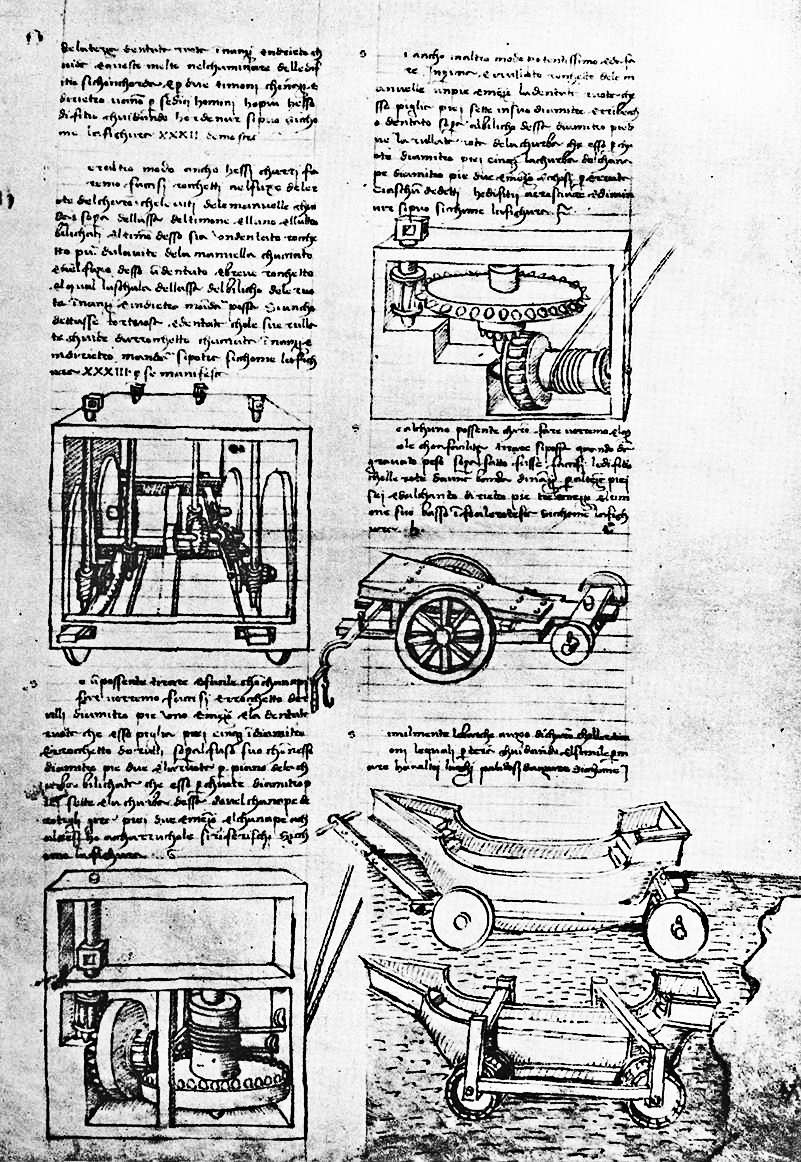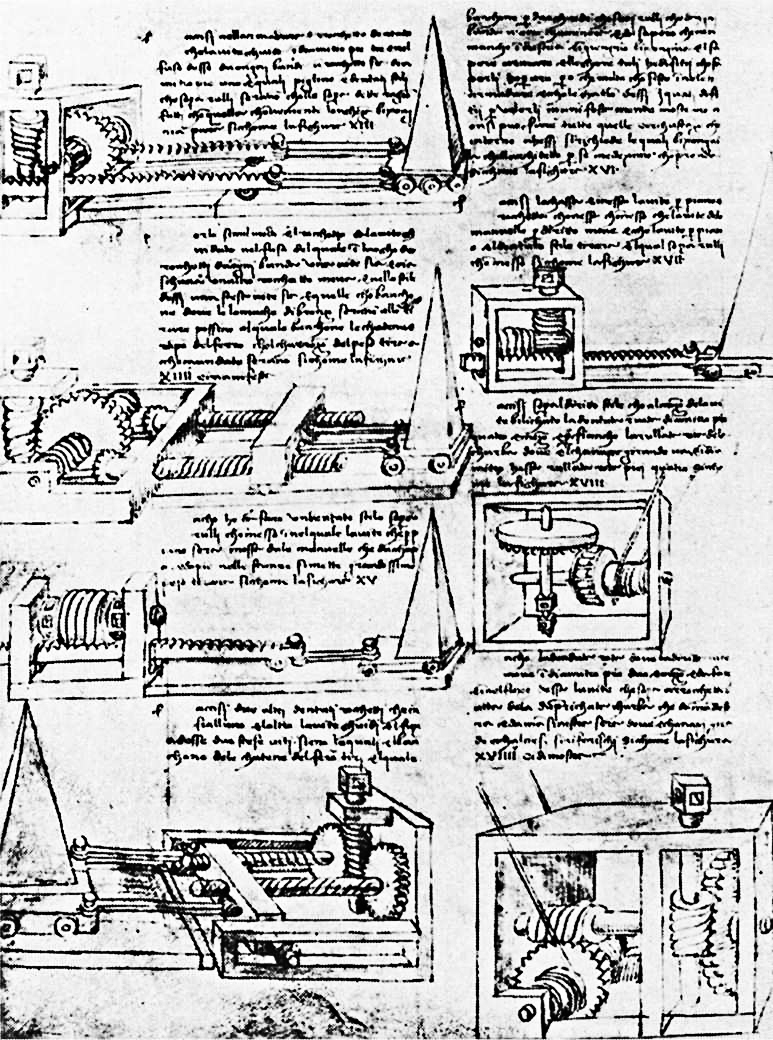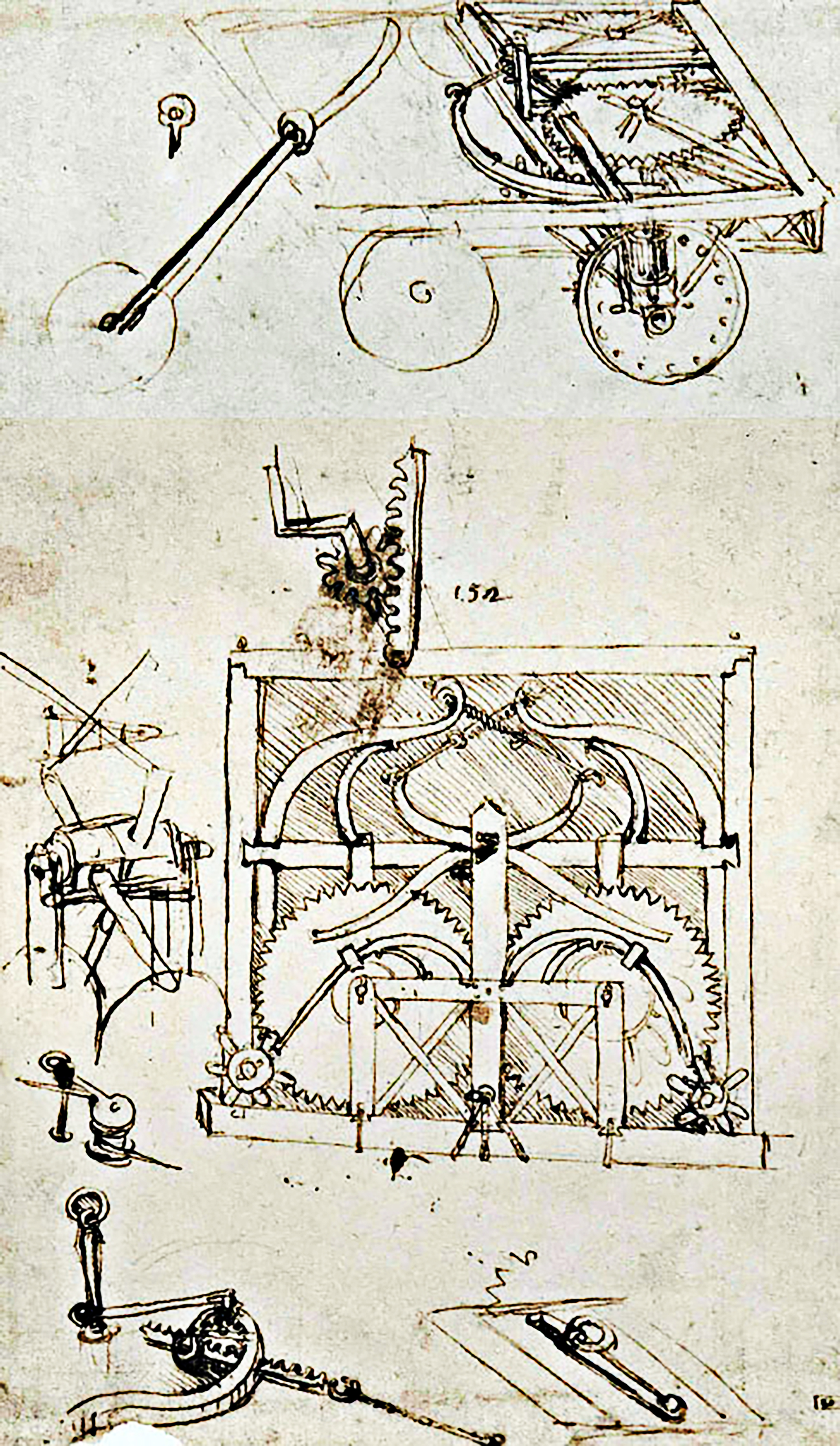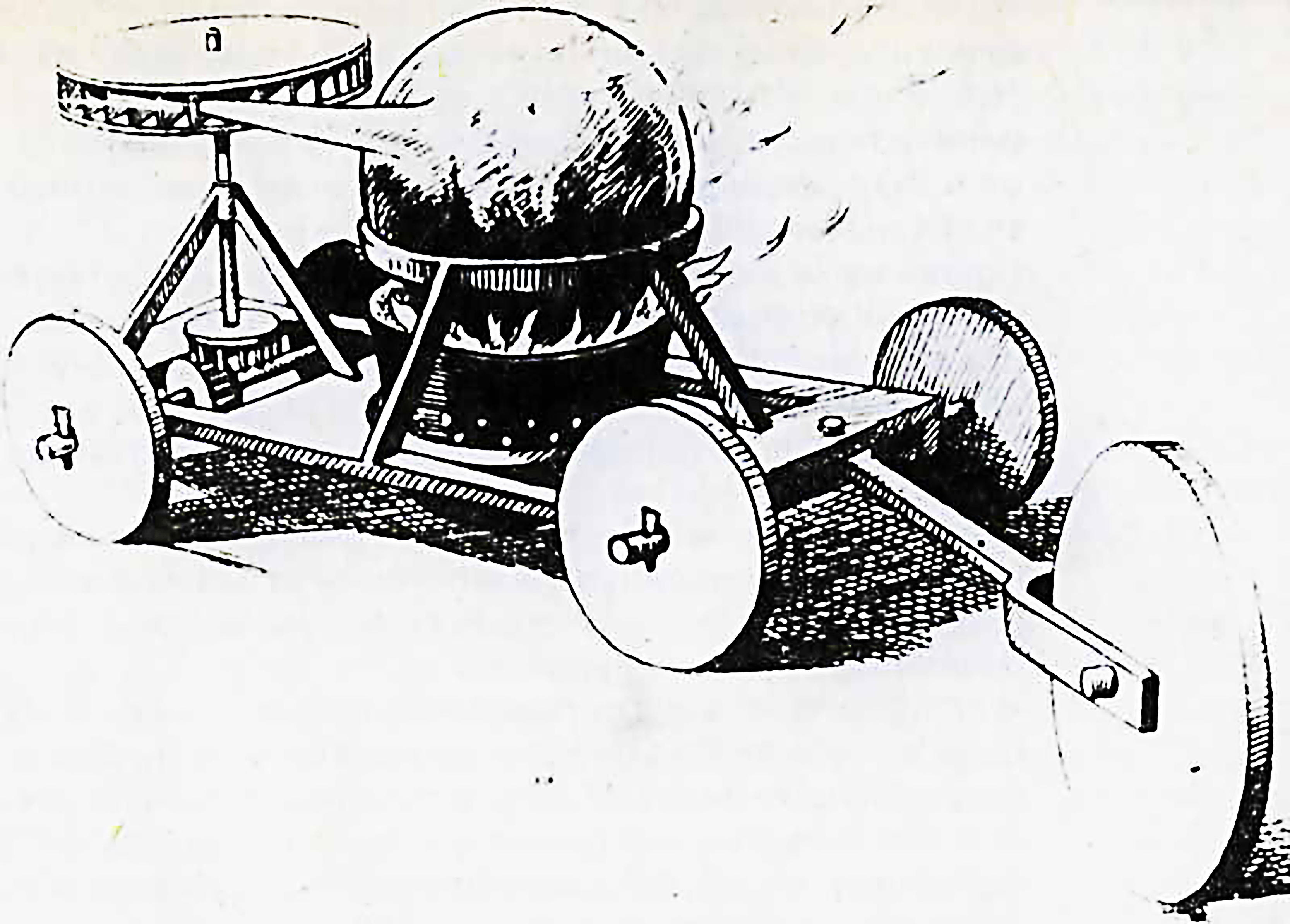History of the Automobile The Origins of Autonomous Movement
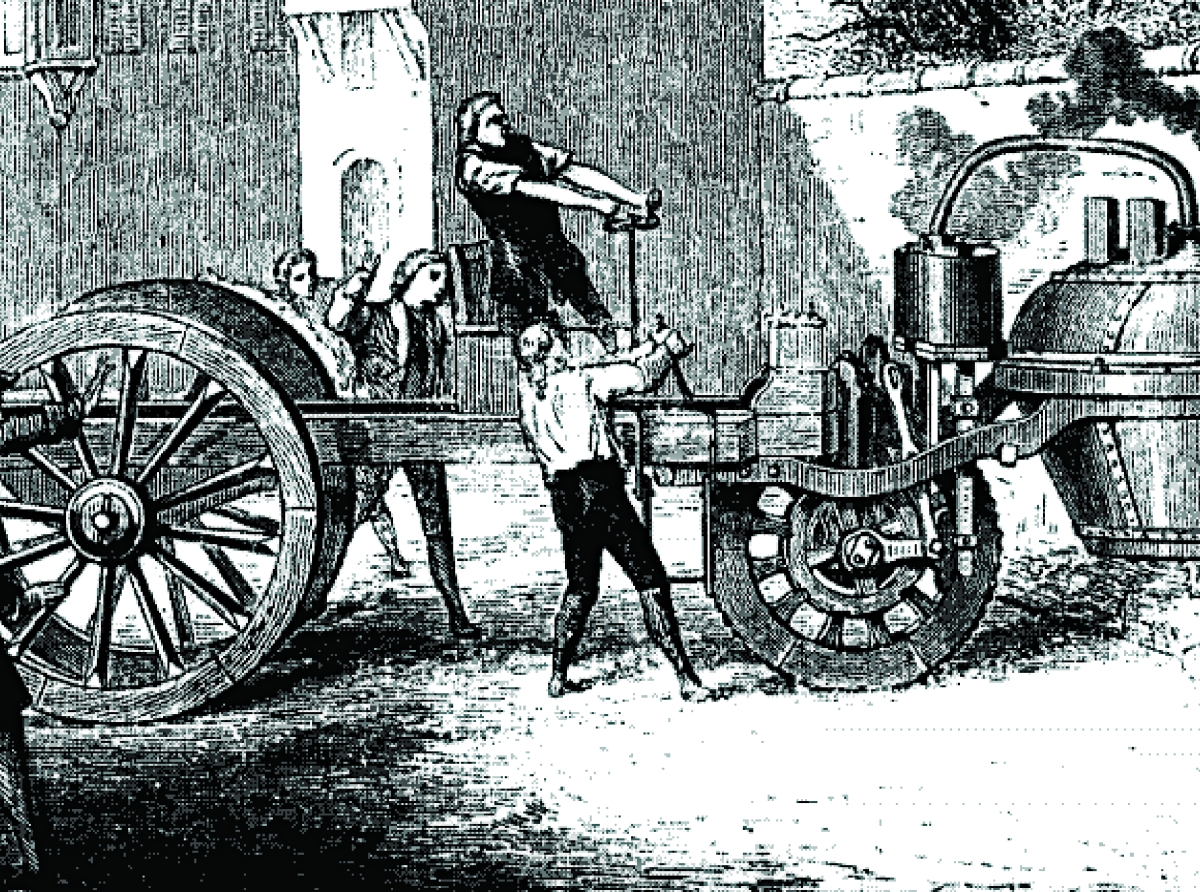
Did you know that the word "automobile" is a fascinating blend of Greek and Latin? It first appeared in the French language in 1866 as an adjective and in 1873 as a noun. This hybrid term combines "auto-" (from ancient Greek, meaning "self") and "mobile" (from Latin, meaning "that moves"). Together, they literally form "that which moves by itself" — a perfect definition for this invention that would revolutionize the way we travel.
The term made a noteworthy debut in the French language at the end of the 19th century, coinciding with the advent of the internal combustion engine. This major innovation gave rise to transportation methods capable of moving without the aid of animals, marking the beginning of a new era. The word "automobile" quickly spread to other languages, including English, and remains today the universal term for a wheeled vehicle capable of autonomous movement. But long before the official appearance of the word, many inventors and visionaries had already explored the revolutionary idea of autonomous movement. Let’s delve into the stories of these pioneers who paved the way for the modern automobile.
Italian Engineering of the Renaissance (and no, we’re not talking about Ferrari yet...)
Let’s travel back to 1465, when the Italian engineer and writer Roberto Valturio imagined an innovative cart. Equipped with two four-bladed propellers, this vehicle used wind power to transmit motion to the wheels via a series of gears. It was a bold idea that reflects the ingenuity of the period. Between 1479 and 1481, another Italian genius, Francesco di Giorgio Martini—painter, sculptor, architect, and engineer—wrote a richly illustrated treatise on civil and military architecture. In this document, he studied a four-wheeled horseless carriage, already anticipating the concept of autonomous vehicles. How could we not mention Leonardo da Vinci? Between 1478 and 1493, this unmatched master sketched several mechanical devices, including one known as the "self-propelled cart." Powered by a system of springs and cogwheels, this machine could have moved without direct human intervention if it had been built. A true precursor to the modern automobile!
Ferdinand Verbiest’s Steam Carriage
In 1672, the Flemish missionary and inventor Ferdinand Verbiest, stationed in China, also revolutionized the idea of mobility. He designed a miniature steam-powered carriage, often considered the first autonomous vehicle in history. Created to entertain the Chinese emperor, this metal prototype was propelled by steam pressure produced by a boiler. Although it wasn’t meant to carry passengers, it demonstrated a visionary concept: a machine could move by itself. A fascinating milestone heralding future innovations.
Cugnot’s Steam Dray
Fast-forward to 1769, when Nicolas-Joseph Cugnot forever altered the mobility landscape with his famous steam dray. This massive machine, intended to transport heavy cannons on the battlefield, is often considered the first full-scale automobile. Equipped with a steam engine and three wheels, it could reach the daring speed of 4 km/h. Though difficult to handle and famously involved in a collision with a wall, it didn’t matter: Cugnot had just opened the door to a mechanical revolution that would change the world.
Steam Vehicles of the 19th Century
In the 19th century, steam vehicles embodied the boldness of an era in pursuit of progress. These powerful machines, often nicknamed "road locomotives," marked the first steps toward the modern automobile. However, their massive size, slow speed, and strict regulations — like the infamous "Red Flag Act" in England, requiring a pedestrian with a red flag or lantern to walk ahead of the vehicle to warn passersby — hindered their development. Despite these obstacles, steam vehicles of the time were a crucial milestone toward modernity.
Let’s not forget the efforts of inventors like Richard Trevithick and George Stephenson, who refined steam engines to adapt them for roads. Their innovations not only influenced rail transport but also laid the foundation for mechanical propulsion on roads. These pioneers faced major technical challenges, including managing steam pressure and ensuring machine reliability. Yet their determination helped overcome these hurdles. Their contributions were essential in preparing the ground for the internal combustion engine, which would revolutionize transportation.
As you’ve likely guessed, this quest for autonomous movement would culminate in the arrival of the combustion engine. Visionaries like Karl Benz, Gottlieb Daimler, Wilhelm Maybach, Louis Renault, and Henry Ford would chart the future and forever transform our ways of living and seeing the world. But that, dear reader, will be the subject of the next chapter of history, in our February-March issue.


 En
En  Fr
Fr 


